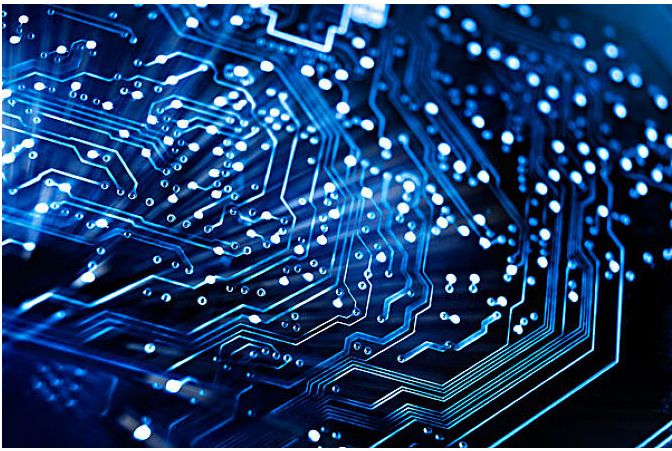Engineers designing printed circuit boards (PCBs) usually generate prototype circuit boards before fully manufacturing the circuit boards for the final product. Multiple prototype runs are often included in the development of the final manufactured PCB, and this is for good reason.
Prototypes can be developed for boards with limited functions to test a proof-of-concept of a single function, and then more complex finished products can be produced.
As functionality is added to the design, increasingly complex builds can ensure quality and expected results. This is especially useful in more complex PCB designs, where failures after final manufacturing can lead to costly rework and redesigns.
The manufacturing of high-density or multilayer circuit boards is a scenario where prototyping can accelerate the process of PCB circuit concept-to production. Building cost-effective prototype boards is a professional service provided by some PCB manufacturers.

As a design, the loop prototype board has been fine-tuned and verified for functionality and reliability, which can accelerate the development of the final design of the work. If a demand or circuit board failure is found later in the process, the cost of rework will increase significantly. This makes prototyping software a valuable tool for electronic engineers and circuit designers.
Prototype variant
Electronic design automation (EDA) software includes several categories, including prototyping tools for design professionals. The prototypes are divided into several categories:
Proof of Concept-This may include some expected functions designed to prove that the circuit design concept is feasible and reliable, but may not include all the functions planned for this purpose. Final product. Working prototype-includes all expected functions, but can be improved in the final design. Visual model-for illustrative purposes, adhere to the final physical design, but not a working prototype. Functional prototype-This stage should include all the functions and features of the final production board. The possible difference is that manufacturing can be done on different equipment, or can even include slightly different materials. This is usually due to the different facilities of a given manufacturer. Some manufacturers may have separate areas where prototypes are developed on the basis of rapid turnaround, rather than mass production lines, which are more automated or use different manufacturing processes.
PCB designers may adopt a process that uses multiple types of prototypes during the design and approval phase of a project. Certain PCB designs may also require functional prototypes to be manufactured under the same conditions as mass production to ensure that the same quality and functionality are achieved in the final version.
PCB prototyping software function
The prototyping software provides a level of precision, focusing on beginners and hobbyists, intermediate electronic technicians and experienced professionals. Focusing on software for advanced or professional PCB designers, there should be many functions when selecting and using prototyping software:
Price-If the price of the software is unreasonable or unreasonable, the product will be eliminated immediately. However, some vendors provide very complex and fully functional products for free. Ease of use-software that is difficult to navigate and understand takes longer to provide efficiency and value to users. Support-Integrated help, online documentation and help topics, and real-time support contacts are the best combination for software users. Anything less can increase the learning curve and slow down the generation of projects or prototypes. Schematic development-Schematic creation is usually the initial stage of generating a prototype. This process should include functions for placing and editing routes, circuit board assemblies and other electrical components, and required graphics. Create connection points, pins and descriptions. Contains components and circuit board components required for library design. This includes the ability to add and edit libraries to add custom objects to the library. Board editing function for placing and moving pads, defining custom board shapes and multi-layer definitions related to areas such as solder masks. Full control of PCB wiring, RF design and network management. Generate files to transform the prototype design into a manufacturable circuit board.
In the case of free software, there are cases where more complex designs require features not available in the free version. Designers must purchase more sophisticated software levels to get advanced features. Due diligence is to determine whether such restrictions will affect the choice of software.